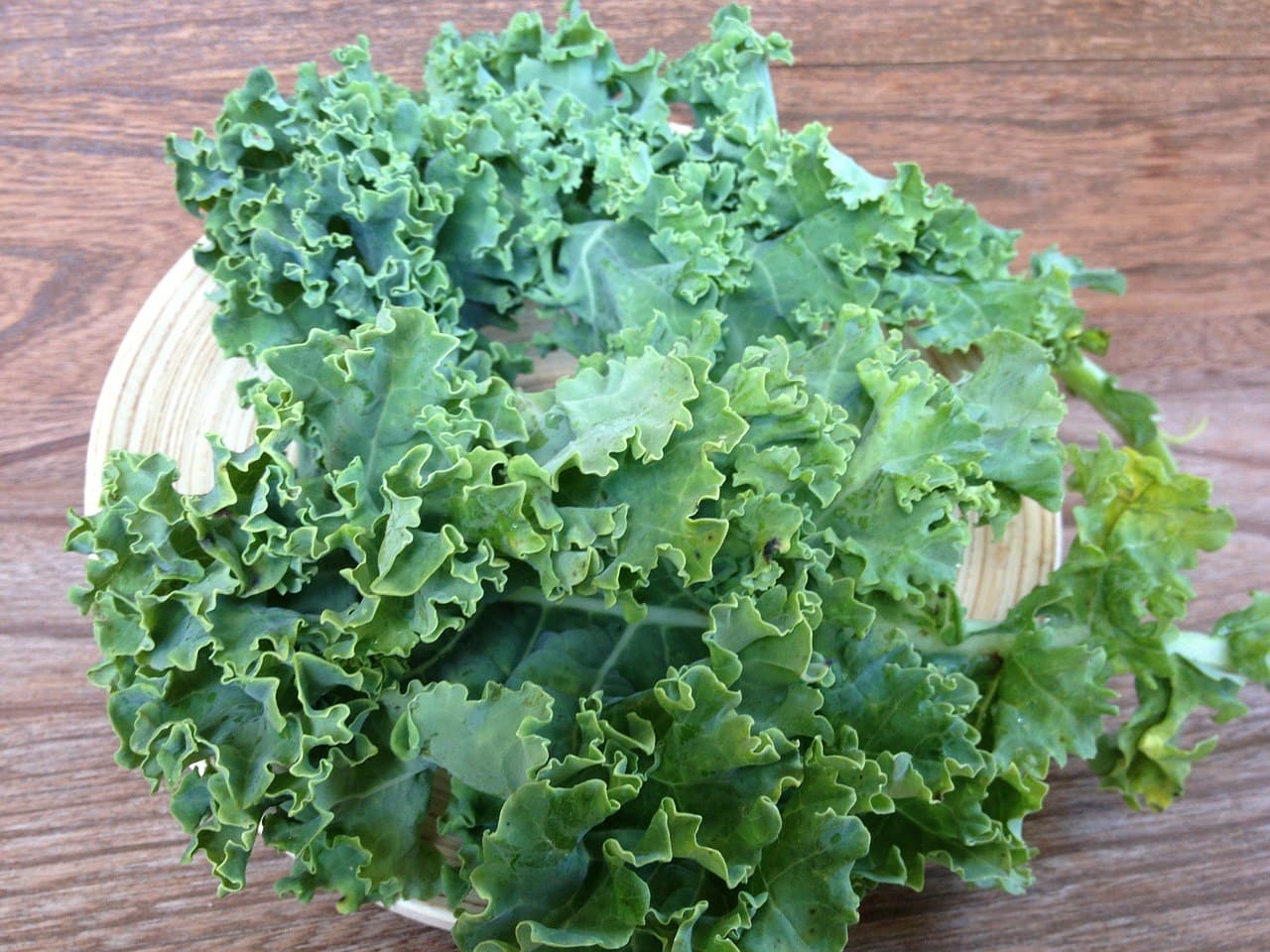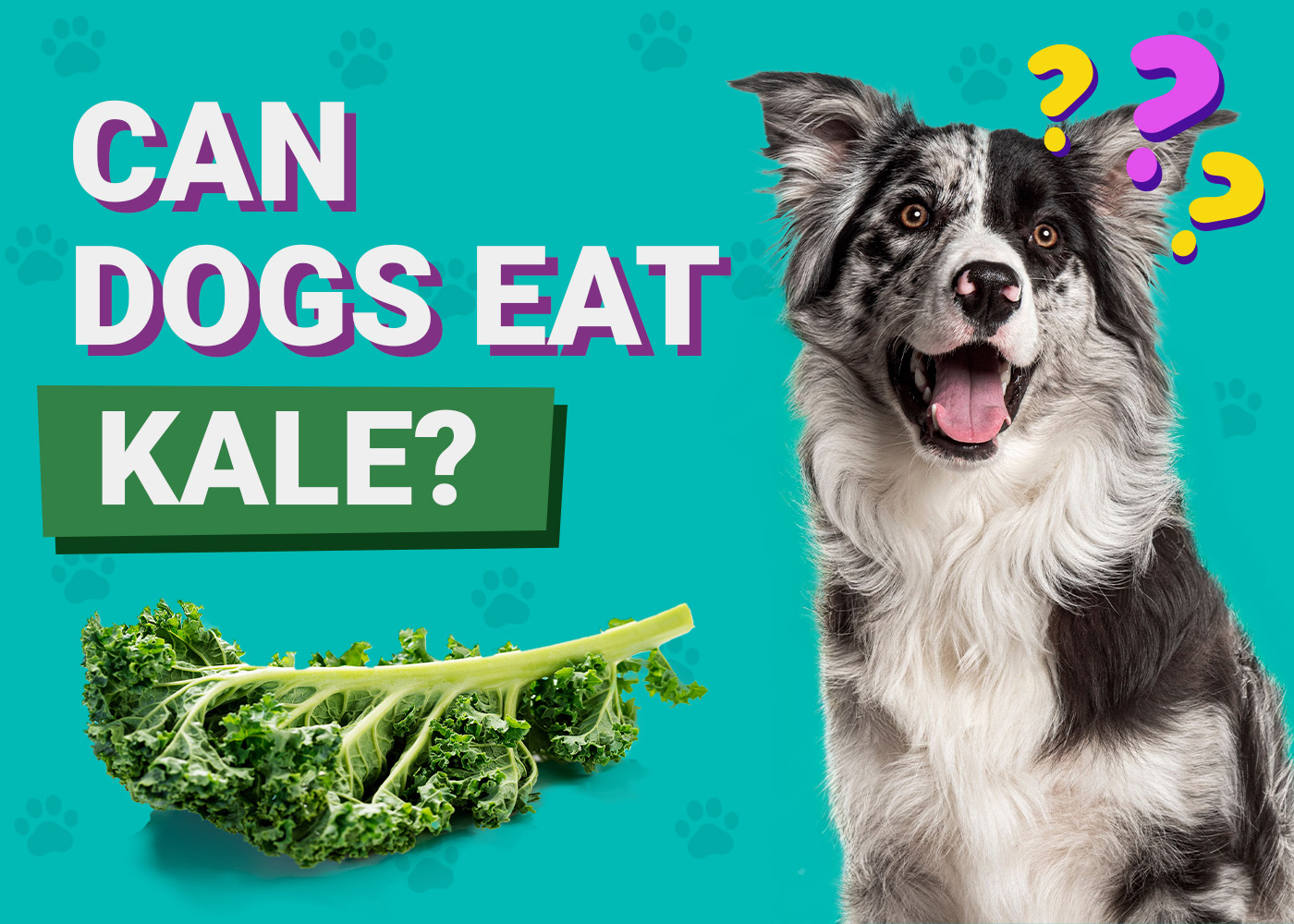Kale is a popular health food in America and around the world, so it’s natural to wonder if dogs can also eat kale and get the same health benefits. The short answer is yes; most dogs can eat kale in small amounts. However, there are potential risks to consider.
Here, we take a closer look at kale to learn more about the benefits and risks of feeding it to your dog. We also discuss the best way to serve it and how often, so you can keep your pet healthy and happy.
Is Kale Bad for My Dog?
Thallium
Thallium is a heavy metal found in the soil that can accumulate in many greens, especially those of the Brassica genus, including kale. If your dog eats too much, it can lead to thallium poisoning, which can cause digestive issues, trembling, seizures, elevated body temperature, and even death.
While most experts agree that a dog would need to ingest a large amount of kale to lead to poisoning, thallium is a heavy metal similar to lead that stays in the body for a long time, so toxicity can build up. It is worth noting that most cases of thallium poisoning in dogs are acute due to the ingestion of rodenticides rather than chronic accumulation. You can prevent issues by serving kale only sparingly, on occasion, and rotating it with other leafy greens.
Thyroid Impact
Raw kale can interfere with how your dog’s thyroid gland is absorbing iodine, causing it to operate incorrectly. While it’s unlikely to be an issue for healthy dogs, those suffering from hypothyroidism will need to avoid foods like kale.
Calcium Oxalate
Kale contains calcium oxalates that can bind to other minerals, preventing their absorption, or can clump together to form stones that might affect the urinary tract. A small amount of kale here and there is unlikely to be a problem, but dogs that have previously suffered from bladder stones should probably avoid this food.
If you need to speak with a vet but can't get to one, head over to PangoVet. It's an online service where you can talk to a vet online and get the personalized advice you need for your pet — all at an affordable price!
Is Kale Good for My Dog?
Vitamins and Minerals
Kale has plenty of vitamins and minerals that are essential for a dog’s health. It provides your pet with a good amount of vitamins C, K, and carotene, all of which help boost the immune system and help your pet heal faster. It also contains iron, magnesium, calcium, potassium, copper, and other minerals your pet needs to build strong bones and develop properly.
Low Calories
There are almost no calories in kale, so you will not need to worry about your dog putting on weight by giving them kale as a treat. It’s also low in sugar and has no fat that might contribute to obesity.

Fiber
Kale is high in fiber, which can help balance your pet’s digestive system by feeding the good bacteria in their gut and regulating the water in the intestines. A dog with a diet high in fiber is less likely to be constipated or have diarrhea.
Water
Kale is moisture-rich, so eating it will help your dog stay hydrated. It can be particularly beneficial if your pet hasn’t been drinking enough water or they occasionally suffer with very mild constipation. Anything else will require veterinary attention.

How Can I Feed Kale to My Dog?
- To feed kale to your dog, the first thing that you will need to do is wash it. The large surface area of kale can harbor potentially dangerous pesticides. Wash both sides of the leaves with water before giving them to your pet.
- You can feed a small amount of raw kale, whole or diced, but we recommend cooking or steaming it first to make it easier for your dog to digest, even though that robs it of some of the healthy nutrients.
- Only serve a few leaves once a week as treats to avoid any health risks.

Final Thoughts
If your dog ate plain kale when you weren’t looking, there is no reason to be concerned. Your pet will simply have gotten a few healthy nutrients. In fact, you can find kale listed in the ingredients of many dog foods. However, we recommend avoiding adding it to your pet’s diet every day because health problems can develop over time. The amount of kale in dog food is tiny, and there are plenty of other healthy vegetables that you can feed your pet instead, like peas, green beans, spinach, and cucumbers.
Other Foods Your Dog Might Eat:




















